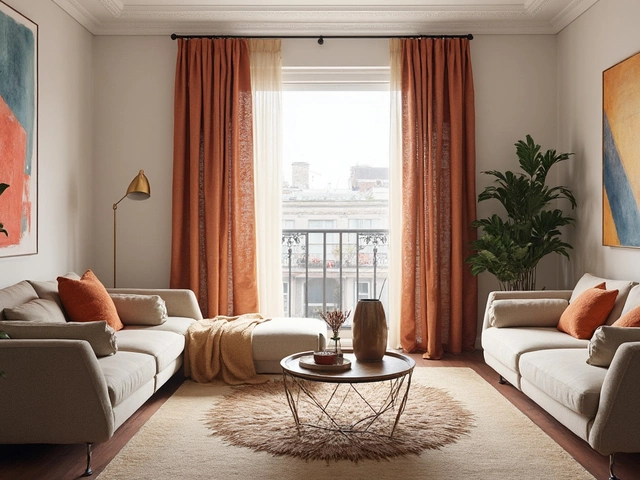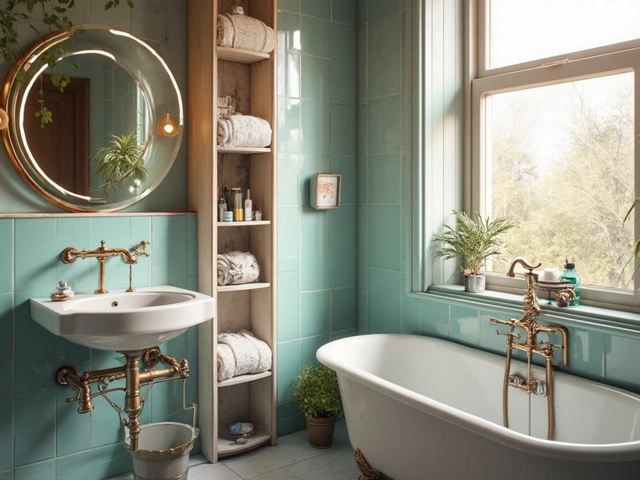Furniture Comparison: How to Pick the Best Pieces for Your Space
When you start shopping for a new sofa, dining table or bedroom set, the first thing that feels overwhelming is the sheer number of options. Do you go for a sleek three‑seater couch or a bigger sectional? Is a high‑priced brand really worth it? This guide breaks down the key factors you should look at, so you can make a confident choice without spending hours online.
Sofas, Sectionals and Couch Sizes
Most people start with the sofa because it anchors the living room. A popular three‑seater measures about 84 inches wide and fits well in average‑size rooms. If your space is larger, a sectional can give you extra seating and create zones for TV time or reading. The main difference is shape: a couch is a single piece, while a sectional is made of separate modules that you can arrange.
Before you decide, measure the exact wall length and any doorways you’ll need to get the piece through. Leave at least a few inches of breathing room on each side – that makes the room feel less cramped. If you’re not sure which size feels right, picture the sofa in your room using a piece of tape on the floor. The tape gives a quick visual cue for how much space the furniture will take.
Depth matters, too. A sofa that’s too deep can be uncomfortable for shorter folks, while one that’s too shallow might not feel cozy. Aim for a seat depth of 20–24 inches if you like to lounge, and 18–20 inches if you mainly sit upright.
What Affects Furniture Prices
Most shoppers wonder why some sofas cost twice as much as others. The biggest factor is markup – the difference between what the retailer pays the manufacturer and what you pay at the store. On average, couches carry a markup of 40‑60 percent, but luxury brands can push that over 100 percent.
Materials play a huge role, too. Solid wood frames, high‑density foam and natural fabrics cost more than particleboard and synthetic covers. Look for furniture that lists “kiln‑dried hardwood” or “high‑density foam” in its specs if you want durability without paying for a designer label.
Brand reputation also adds price. Companies that have been around for decades often charge extra for their name alone. That doesn’t always mean better quality – a newer brand might use the same materials but sell at a lower markup. Reading reviews and checking warranty terms can help you spot value.
One trick to keep costs down is to shop during sales periods, like end‑of‑season clearances. You’ll often see the same model at 30‑50 percent off, which brings the price closer to the manufacturer’s cost. Another tip is to compare two similar items side by side: a “best furniture companies” list can give you a quick snapshot of which brands consistently deliver quality and value.
Finally, think about the long run. A higher‑priced couch that lasts 10 years beats a cheap one that needs replacing in three. Factor in expected lifespan when you calculate the real cost per year.
By measuring your space, understanding depth, and looking past the sticker price, you’ll be able to compare furniture the way a pro does. Whether you end up with a cozy three‑seater or a flexible sectional, the right choice will fit your room, your body and your budget.

Loveseat vs Couch: Which One Actually Fits Your Space?
Stuck between buying a loveseat or a couch? This article breaks down the real differences, showing where each option shines—and where it falls flat. From space-saving tricks to hosting hacks, you'll find straightforward tips to help you decide. You’ll also get practical advice on comfort, cost, and the way these pieces change your living space. No-nonsense answers for anyone rethinking their sofa situation.
Categories
- Storage (27)
- Bathroom (18)
- Sofas (15)
- Curtains (15)
- Home Decor (12)
- Bedding (11)
- Kitchenware (11)
- Cushions (11)
- Mirrors (10)
- Rugs (9)
Popular Articles



